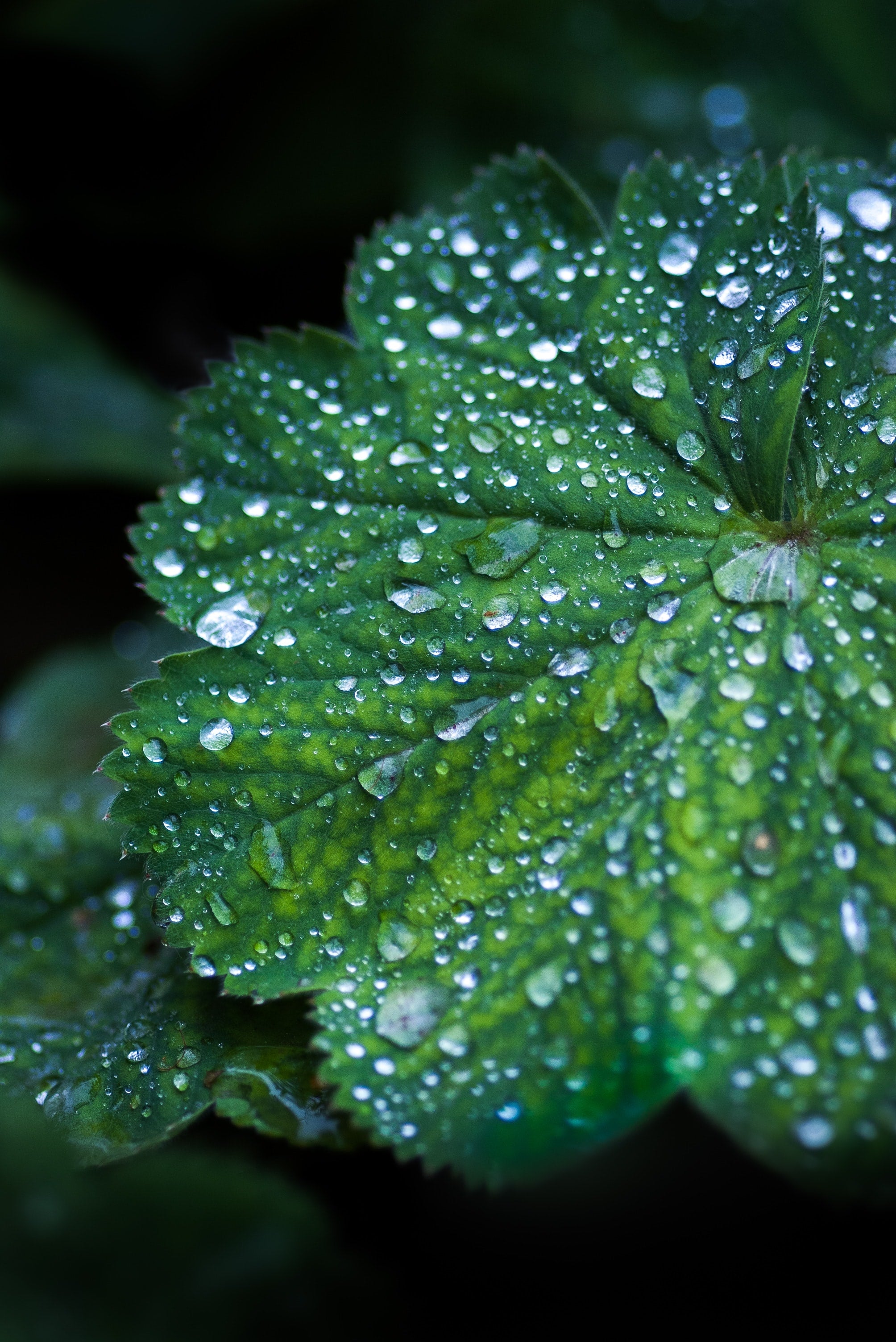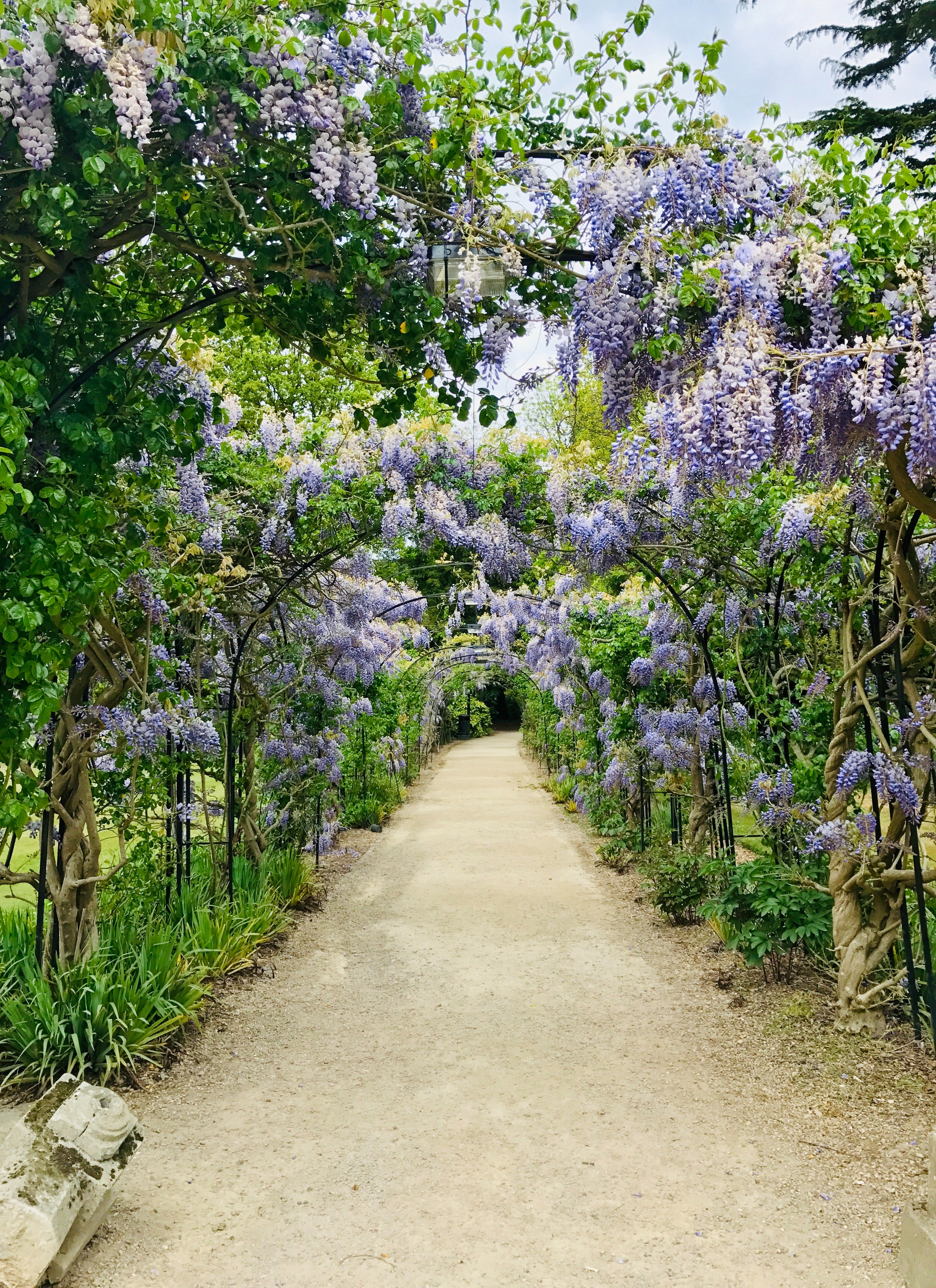
Cell Salts for Plants and Garden Part Two: Wet (West) Coast
Top 5 Tissue Cell Salts for a Wet, West Coast
Using tissue cell salts for your plants and gardens is a great first step to improving the health of your plants and keeping gardens chemical and pesticide free.
Below is a chart of the top five tissue cell salts for wet and damp gardens. Some areas like the Pacific Northwest are known for being rainy and this year was no exception! Common problems arising from too much rain or waterlogged plants are listed.
Have a try and see if you can help your plants, naturally.
|
Jackson’s Mineral Salt/Cell Salt Name |
Uses |
|
Straggly, thin plants. Prone to rot, stem rot, downy mildew. Rust Sensitive to wet, cold, damp climate. |
|
|
#1 cell salt for firs signs of rust. |
|
|
Tough, thready mildew. Greyish, white moulds appearing on roots, stems, or leaves. Dry, flour like moulds and mildews. |
|
|
Extreme sensitiveness to damp, rain, waterlogging. Drying out with waterlogging. Plants near bodies of standing water. Indicated in plants too rich in water, do better in dry warm weather. Rusts. |
|
|
#12 Silica (Silica 6X) |
Gives plants grit and strength. Acts on every cell and tissue of the whole plant, through all stages of growth. Fungal infections, rust. |
Dosage and application rates
Dosage: 12-16 pellets per 1 liter of water.
Use clean watering can
Add pellets first, then add water.
Wait 3 minutes for pellets to dissolve, stir well.
Apply to plants and surrounding soil, ensuring top layer of soil has received preparation.
Wait 7-14 days to assess results.
*Don’t mix homeopathic medicines with anything other than water.
*Do not use commercial herbicides, pesticides, fungicides, or fertilizers for at least 10 days after applying the remedy. It will nullify its action.


